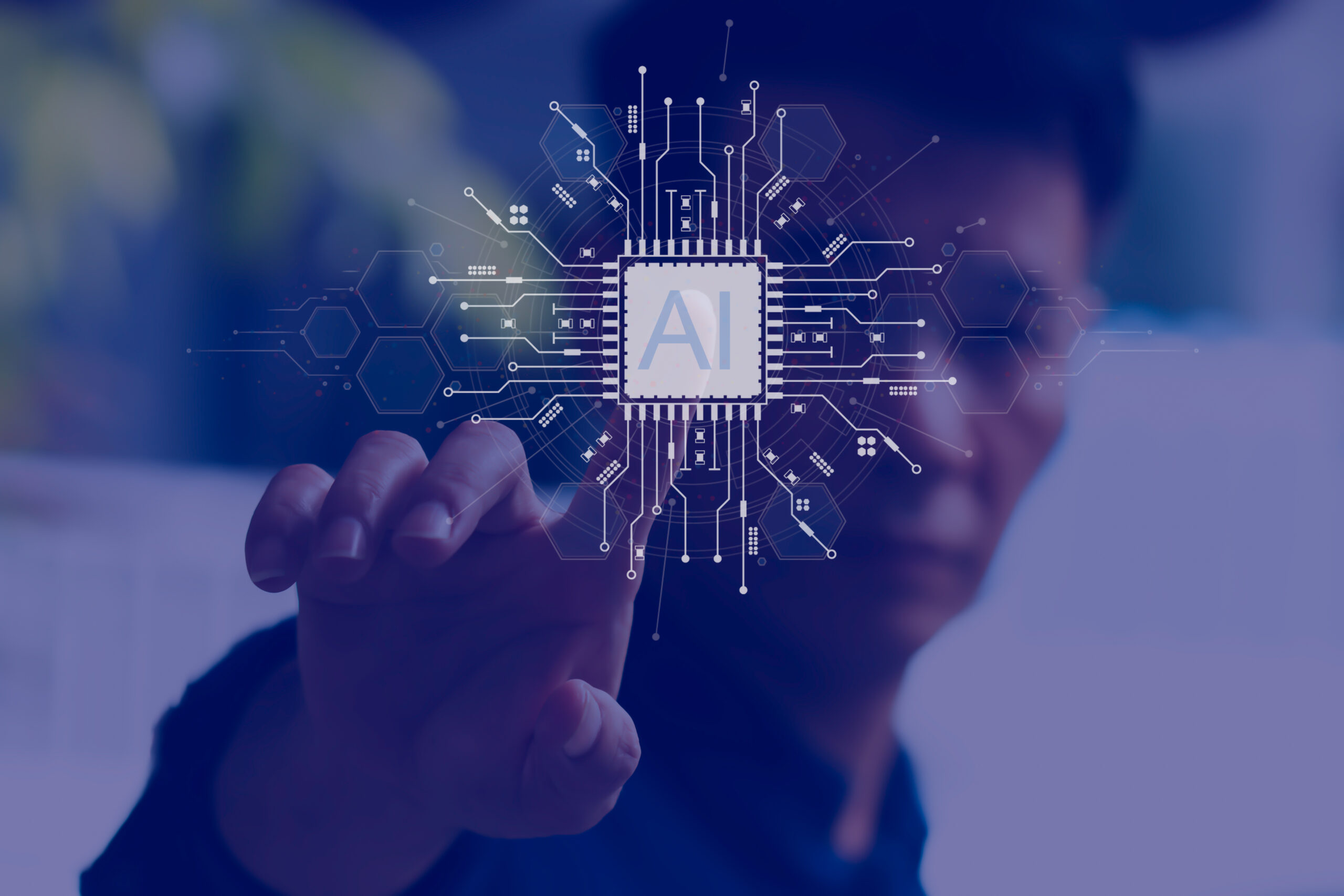Bringing AI to the design process

Having too many variables has long been the bane of engineers everywhere, from fresh engineering students to teams designing cutting-edge space craft, dealing with massive numbers of variables always presents a challenge. But what if all that variability could be converted from a challenge into an asset, one capable of helping reach an optimal solution? Now, thanks to new AI capabilities within design space exploration tools, that is exactly what is happening as smarter tools leverage true to life simulations to arrive at the optimal design.
In a recent podcast episode, host Spencer Acain is joined by Dr. Gabriel Amine-Eddine, Technical Product Manager for the HEEDS Design Exploration Team to examine the impact of AI on design space exploration, how teams can better leverage historical design data and past experience to their fullest potential and how factoring uncertainty into a design is crucial for maximizing its real-world usability. Check out the full podcast here or keep reading for some of the highlights of that conversation.
Exploring limitless possibility
In the real world, there are no variables being held constant, simplifying assumptions, or close enough approximations and, Gabriel explains, to create the best and most accurate digital twins and simulations, the models can’t take any of these shortcuts either. When it comes to developing new products, the first step is to simulate and test potential designs digitally and focus in on areas that have the greatest impact on the effectiveness of the final design. While this does help maximize the use of limited resources, it can also mean that interactions between variables that could potentially lead to greater improvements are overlooked as one or more of them is held constant.
Thanks to advances in AI and simulation technology, however, it’s now possible to effectively examine entire systems without the need for simplifying assumptions, more closely exploring a given design space as it relates to the in the real world. Of this approach, Gabrial says “We want to exploit every possible grain of knowledge that we have, not limit the potential for more knowledge whilst doing so.” Thanks to the power of AI, this approach has the potential to arrive at new and unconventional designs, a must in the competitive landscape of modern product design.
Optimizing for uncertainty
Running simulations and testing models is an important step, but the final result must be able to withstand the rigors of the real world. In particular, the real world isn’t an ideal case and simulations must be designed to account for that. Working to optimize a design to the absolute limit of what it can theoretically handle can also make it unsuitable for use when it comes to actually building and deploying it in reality.
Gabriel notes how, even with the best manufacturing and machining abilities, when it comes time to translate a design into a real part or product a certain amount of imperfections and variance, no matter how small, is unavoidable. While the idea of accounting for tolerances in design is hardly a new one, it is important to account for the uncertainty as a variable within the optimization process itself, especially since computers deal in absolutes and do not innately know when to factor in tolerances in parts. Gabrial sums it up as designs that are optimized without consideration of uncertainty could lead to non-robust products.
Building on the past
One of a design companies’ greatest assets is the hard-won knowledge gained through past projects, both success and failures. As designs get more complex and stacks of past projects pile up, it can be harder and harder to leverage all that information to its full potential. AI models, especially those trained during the design process itself, could serve as a seamless way to capture and leverage that institutional knowledge both within a single design cycle and across multiple projects.
Training AI on past design and simulation data also cuts down the learning curve for AI models in new product design processes, potentially allowing for the model to make inferences from the very first design presented to it. AI could also be leveraged to help validate the direction of design space exploration before any valuable resources are spent on simulation and testing, allowing companies to make the most of limited design cycles and expensive simulations.
AI offers huge potential for the future of design, changing everything from the way products are designed to how prized design knowledge is gathered and reused. The future where AI can design products from scratch is still a long way off, but for now it can be a powerful tool in accelerating existing methods and maximizing the value of key knowledge. To learn more, listen to the full podcast here or check out the transcript here.
Siemens Digital Industries Software helps organizations of all sizes digitally transform using software, hardware and services from the Siemens Xcelerator business platform. Siemens’ software and the comprehensive digital twin enable companies to optimize their design, engineering and manufacturing processes to turn today’s ideas into the sustainable products of the future. From chips to entire systems, from product to process, across all industries. Siemens Digital Industries Software – Accelerating transformation.


